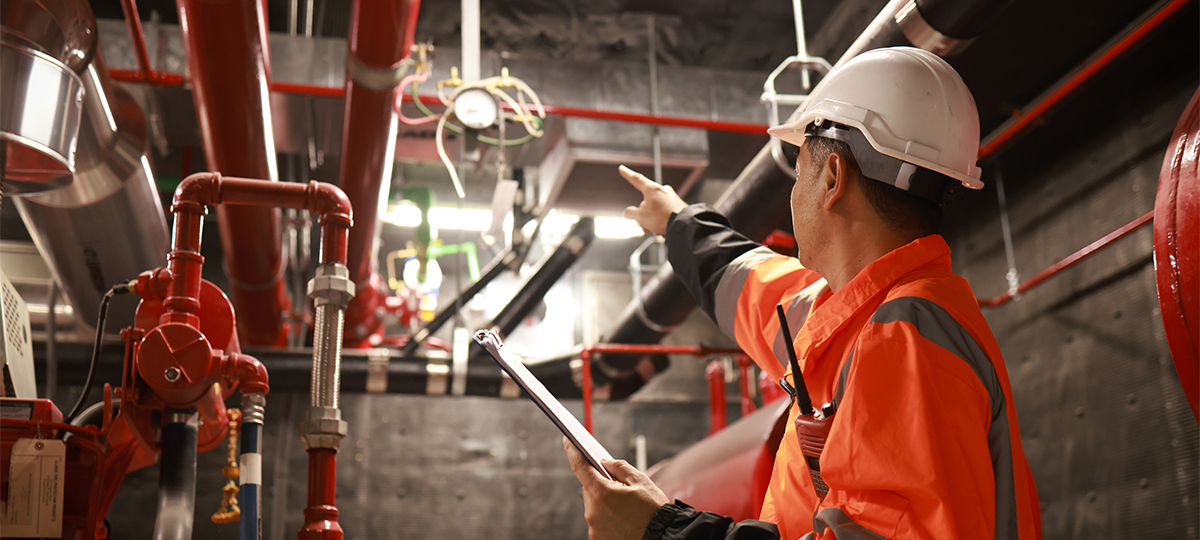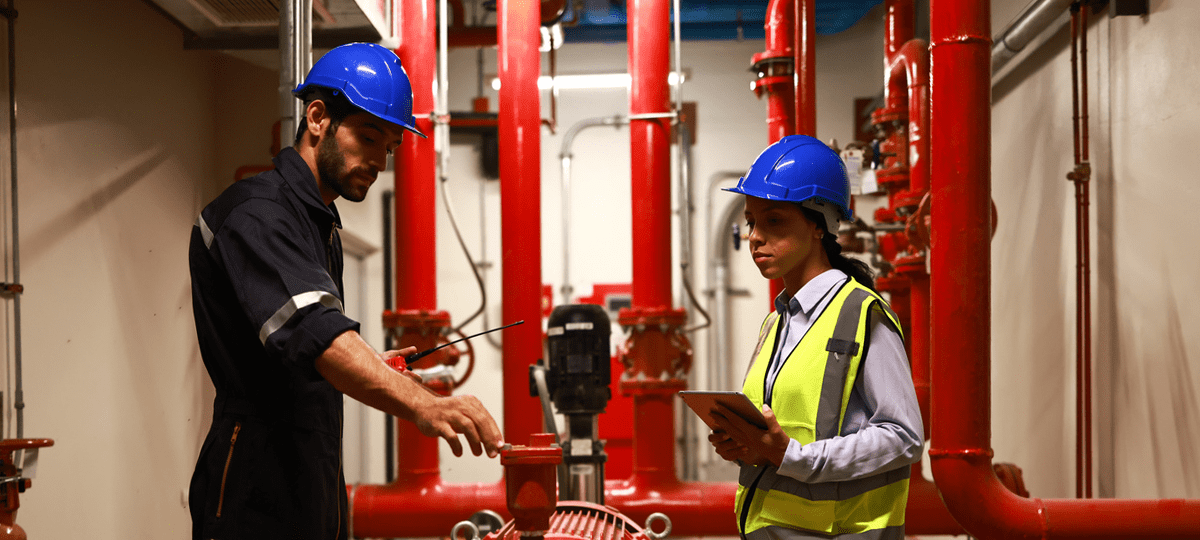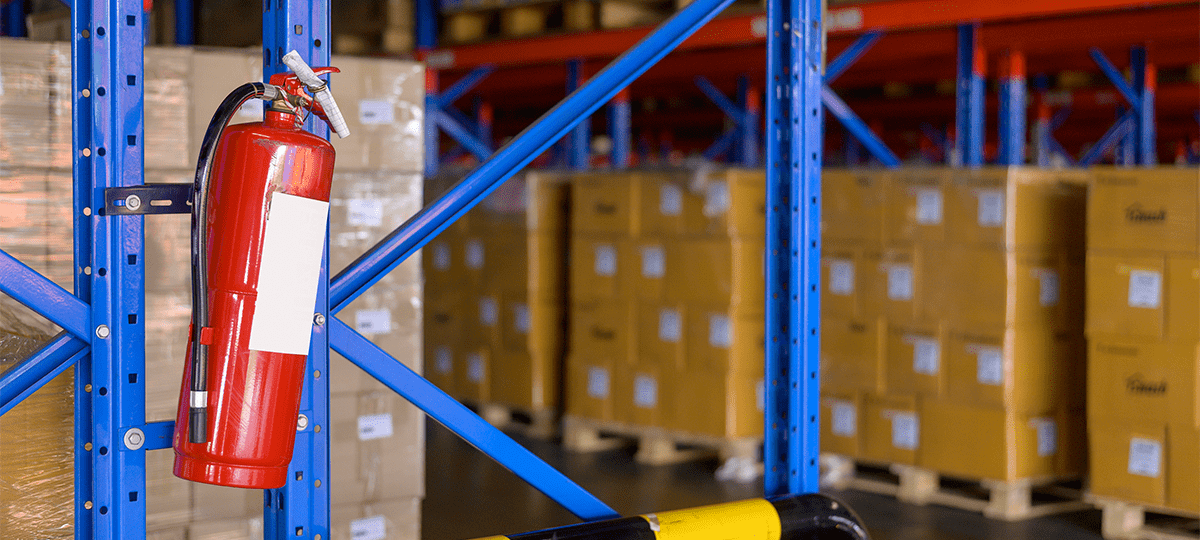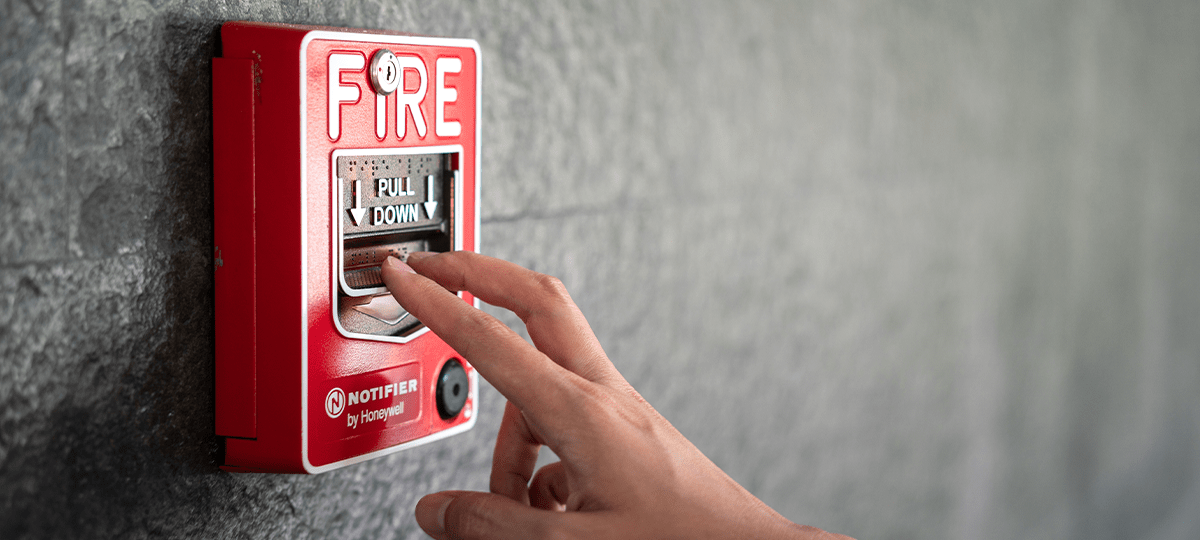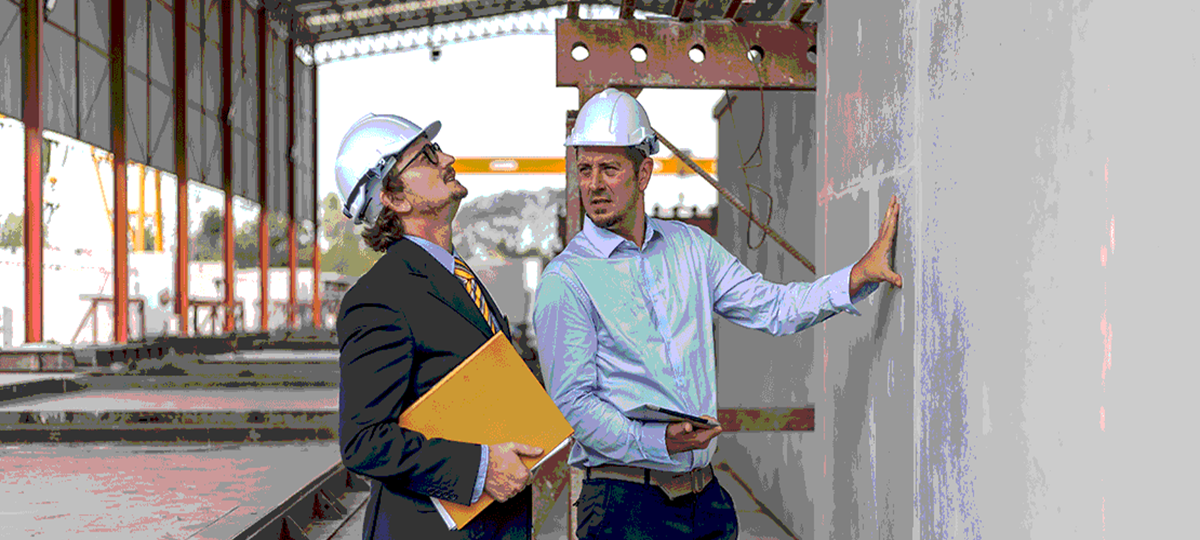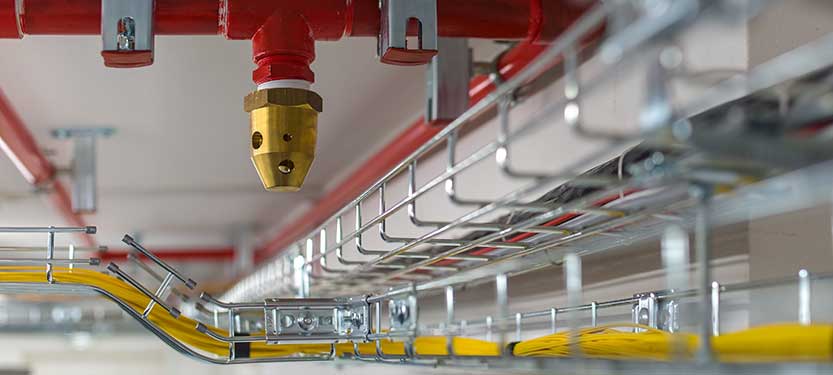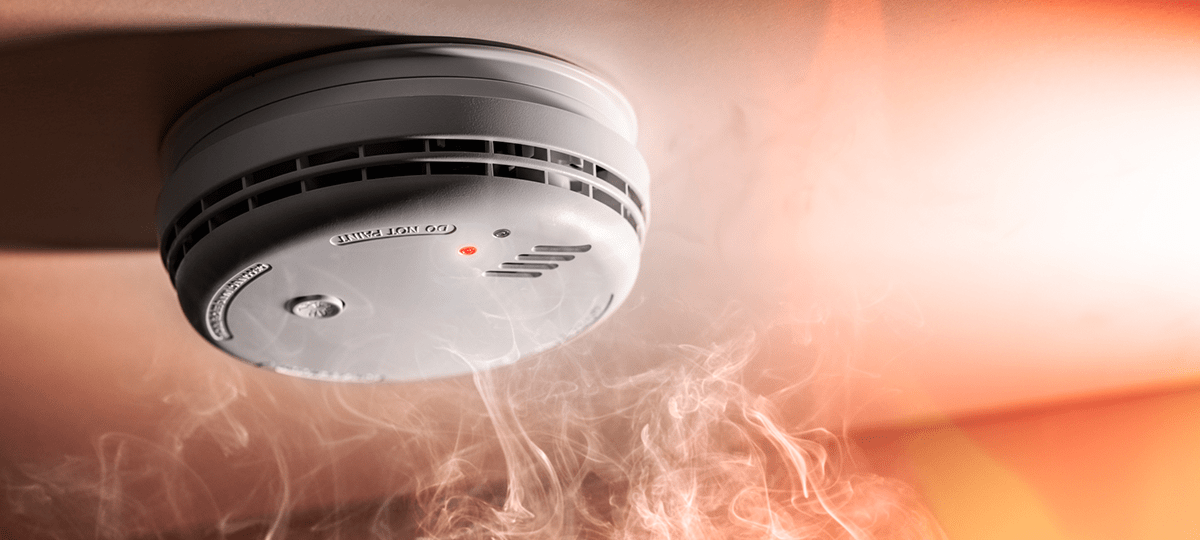FSS Will Detect the Fire
FSS Technologies is the premier choice for installing your fire alarm system, offering unparalleled expertise and exceptional service. With decades of experience in the industry, we specialize in delivering top-tier fire alarm solutions for both commercial and residential properties. We partner with some of the largest builders and electricians in the Midwest, ensuring our installations are reliable, code-compliant, and meet the highest safety standards. Our NICET-certified technicians bring a wealth of knowledge to every project, guaranteeing that your fire alarm system is installed seamlessly and functions optimally to protect your property.
At FSS Technologies, we understand that safety and peace of mind are paramount, which is why we dedicate ourselves to ensuring every installation is completed with precision and care. Whether it’s a new construction project, system upgrade, or retrofitting an existing property, we tailor our solutions to fit your specific needs. Our commitment to quality is reflected in the attention to detail and excellence we bring to every job.
When you choose FSS Technologies for your fire alarm installation, you’re not just getting a system—you’re getting a partner committed to providing top-notch service and ensuring your building is always protected. Our reputation for excellence, combined with our dedication to customer satisfaction, makes us the trusted leader in fire alarm installations across the Midwest. Partner with us for your next project and experience world-class fire safety solutions backed by unmatched customer care.
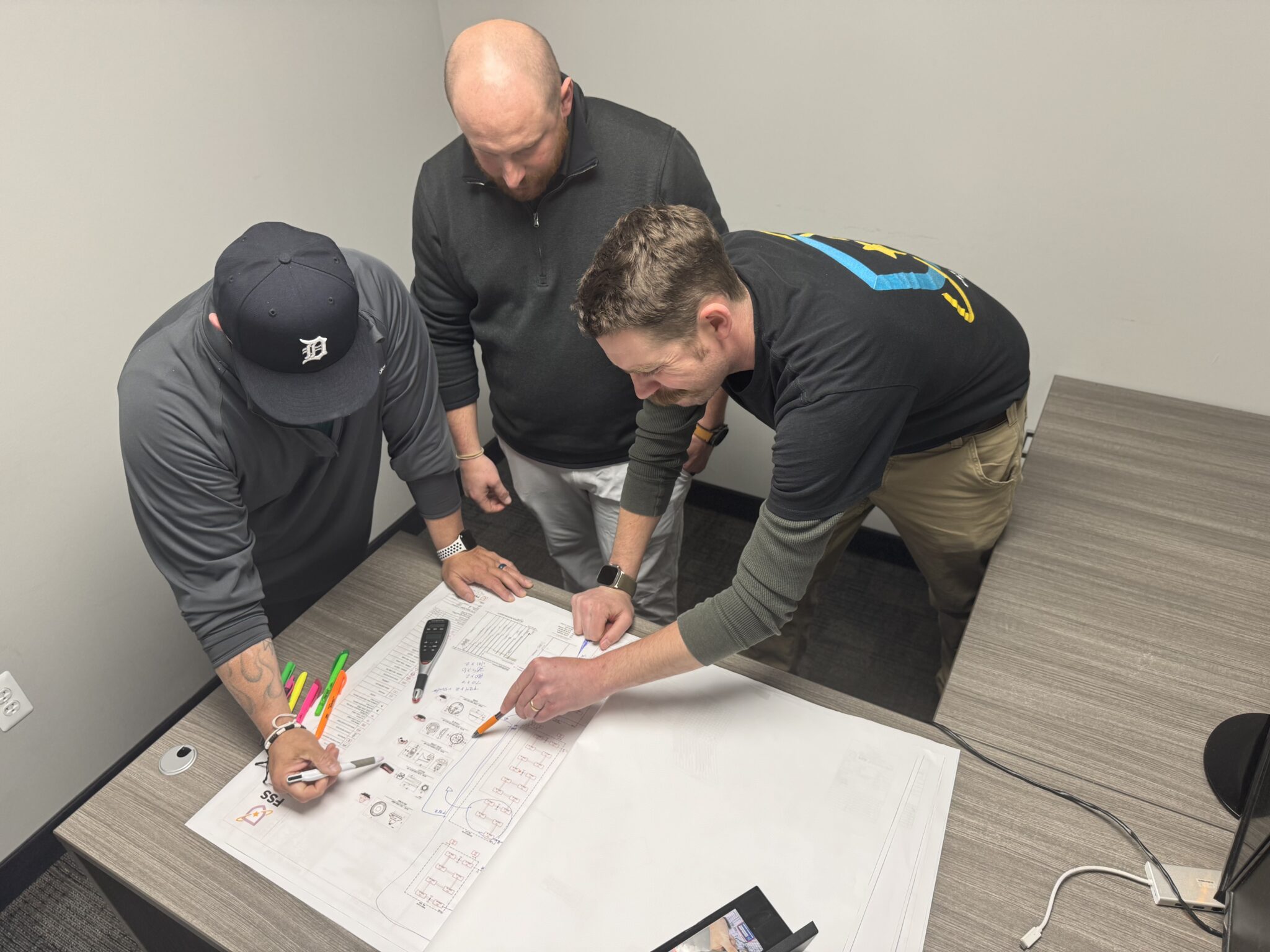
Features
Frequently Asked Questions
The primary codes are:
- NFPA 72 – National Fire Alarm and Signaling Code (system design, installation, performance, and testing).
- NFPA 70 (NEC) – Electrical aspects of system installation.
- NFPA 101 – Life Safety Code (occupancy-specific requirements).
- Local codes and amendments also apply and may override national standards.
Requirements depend on occupancy type, size, and use. Examples:
- Group A (Assembly) >300 people: Fire alarm system required.
- Group R-1 (Hotels): Required if 3+ units.
- Group B (Business): Depends on occupant load and egress routes.
- Refer to IBC (International Building Code) and NFPA 101.
- Conventional – Devices are grouped by zones.
- Addressable – Each device has a unique address for pinpointed alarms.
- Hybrid – Combines both features.
- Wireless – Useful in historic or hard-to-wire buildings.
- Control Panel (FACP)
- Initiating Devices (smoke, heat, pull stations)
- Notification Appliances (horns, strobes, speakers)
- Power Supplies (primary & backup)
- Monitoring devices (communicators for remote dispatch)
- Primary power from commercial electricity.
- Secondary (backup) power from batteries or generators (per NFPA 72, minimum 24 hours standby + 5 minutes alarm).
- Yes, in most commercial settings.
- Per NFPA 72, systems must be connected to a UL-listed monitoring station for 24/7 response unless exceptions apply (e.g., small occupancies with local alarms).
- Strobes must flash between 1 Hz and 2 Hz and be visible in all public areas.
- Mounting height is typically 80–96 inches.
- Sound levels must exceed ambient noise by 15 dB or be at least 75 dB at the pillow in sleeping areas (NFPA 72/ADA 2010).
- A voice evacuation system uses speakers with pre-recorded or live messages.
- Required in certain occupancies (e.g., high-rises, assembly areas >1,000 people) per IBC/NFPA 101.
Per NFPA 72, testing is required:
- Monthly – visual checks on certain systems.
- Quarterly – for some initiating devices.
- Annually – full system functional testing.
- Recordkeeping is mandatory and must be available for AHJ review.
- Start with code analysis (IBC, NFPA 101, local codes).
- Coordinate with architectural and MEP drawings.
- Calculate device spacing (smoke detectors: 30 ft max spacing; strobes: based on room size/lumens).
- Include device legends, riser diagrams, and voltage drop calculations.
- Review by AHJ and PE stamp may be required.

